
Uncertain how to effectively measure progress in your speech therapy sessions, especially for complex communication goals?
You’re not alone! While many therapists rely on a simple “yes” or “no,” this approach can lack objectivity and detailed feedback. Rubrics offer a powerful solution, providing a clear framework for defining goals, establishing evaluation criteria, and tracking student development.
This guide equips you, the SLP, with the knowledge and steps to create effective rubrics specifically tailored to complex communication goals.
But first, let’s explore the “why” behind rubrics:
Why Rubrics Shine for Complex Communication Goals
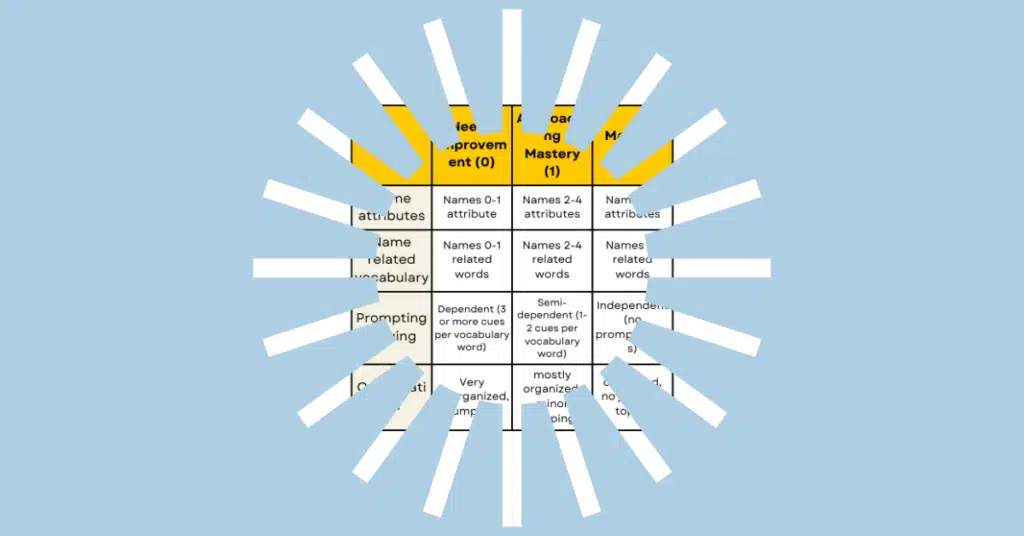
- Objectivity: Complex goals like summarizing or problem-solving can be subjective. Rubrics establish consistent criteria for different mastery levels, minimizing guesswork.
- Detailed Feedback: Go beyond a single score! Rubrics provide a framework for detailed feedback, pinpointing specific areas of strength and areas for targeted intervention.
- Motivation: Seeing progress on a rubric can be highly motivating for students working on challenging communication skills. It allows them to visualize their journey towards mastery.
- Data-Driven Decisions: Rubrics provide crucial data to track progress across various aspects of a complex goal. This data empowers you to make informed decisions about treatment strategies.
Building Your Rubric: A Step-by-Step Guide
Identify the Target Skill:
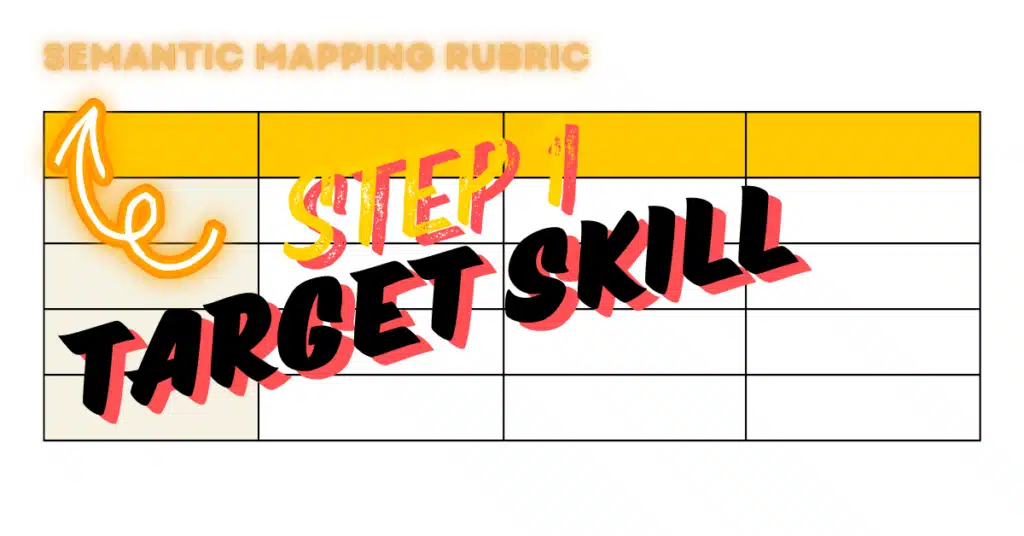
Begin by defining the specific complex communication skill. This could be:
- Semantic Mapping: Identifying and organizing related vocabulary around a central topic.
- Summarizing: Restating the main points of a story or passage in a concise way.
- Problem-Solving: Identifying a problem, brainstorming solutions, and evaluating the best course of action.
Break Down the Skill:
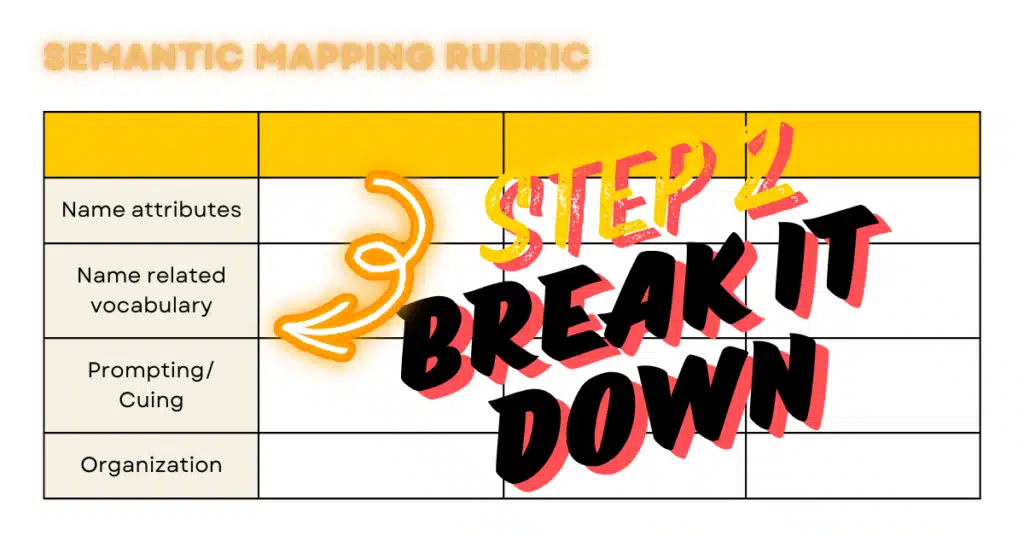
Once you have your target skill, identify the different sub-skills involved. For example, semantic mapping might involve identifying main ideas, brainstorming related vocabulary, and organizing them visually.
Define Performance Levels:
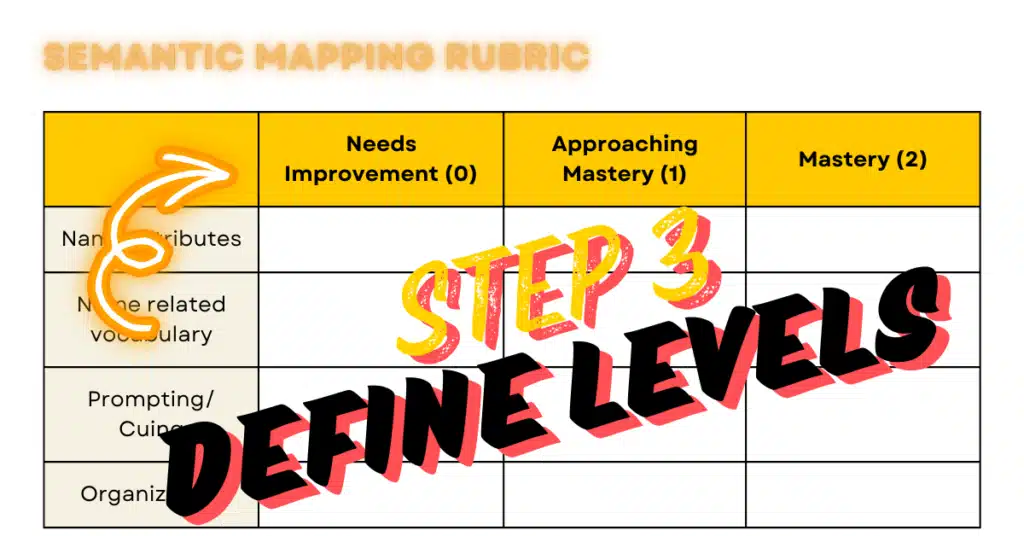
Establish clear descriptions of what successful performance looks like at different stages. These levels might be labeled as “Needs Improvement,” “Approaching Mastery,” and “Mastery.”
Criteria and Descriptions:
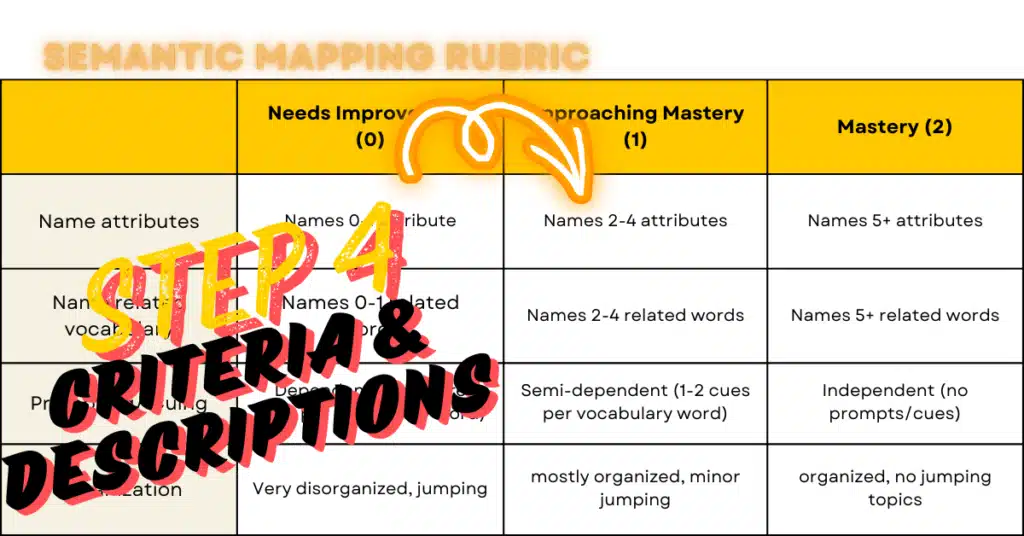
For each performance level, define specific criteria that will be used to evaluate the student’s performance. Be clear, concise, and observable. For example, under “Semantic Mapping – Mastery” level, a criterion might be: “Identifies at least 5 relevant vocabulary terms related to the main topic and organizes them in a clear and logical structure using a graphic organizer or chart.”
Optional Scoring System:
You can choose to assign points to each performance level or criterion, allowing for a numerical representation of progress. However, focusing on descriptive feedback can be equally valuable, especially for complex skills. Both are useful for demonstrating present levels and progress.
Want to take your rubrics to the next level?
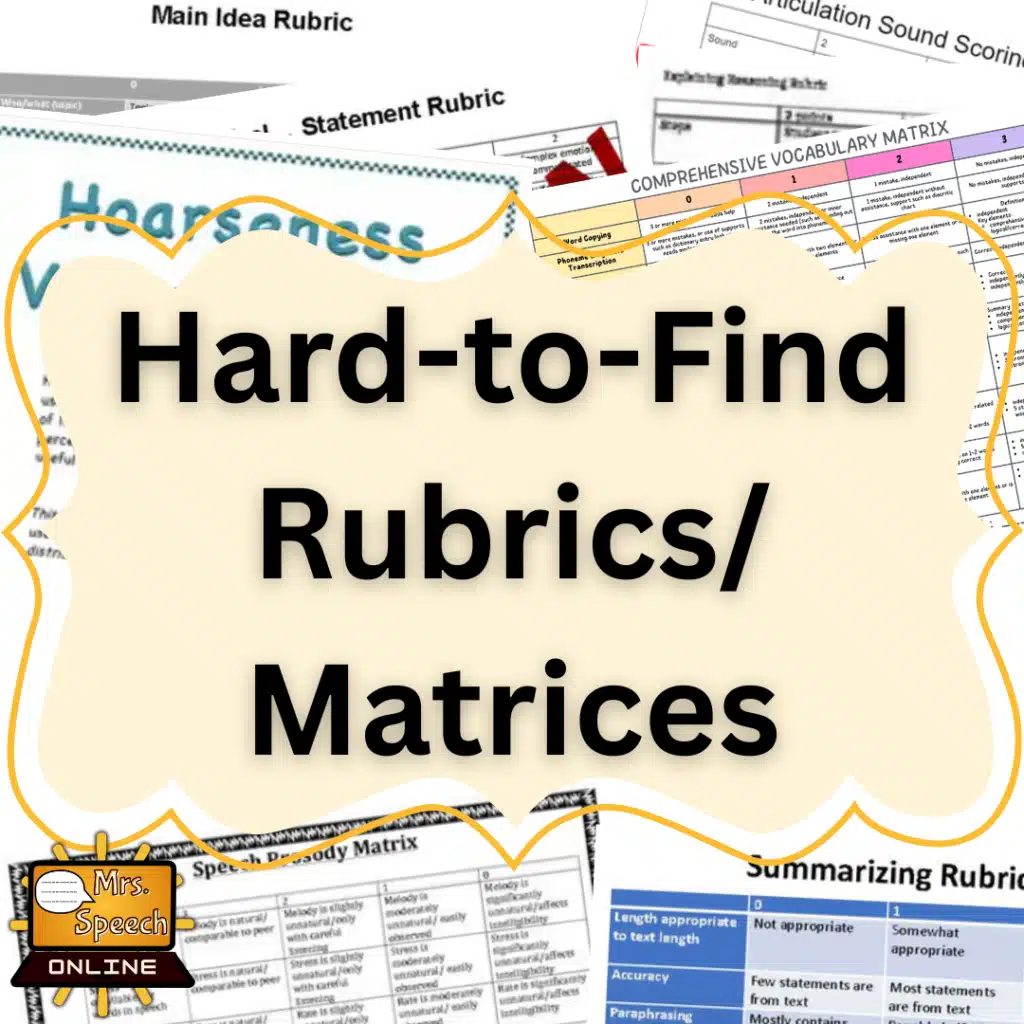
Check out my downloadable Hard to Find Speech-Language Matrix/Rubric Growing Bundle, packed with pre-made rubrics for various complex communication goals, editable templates, and expert tips to get you started quickly!
Rubric Essentials: Tips for Success
- Tailored to the Individual: Adapt rubrics to each student’s specific needs and goals within the complex communication skill.
- Age-Appropriate Language: Use language that is understandable for the student’s age and developmental level.
- Visually Appealing: Consider using charts, tables, or color-coding to make the rubric visually engaging and easier for students to understand.
- Collaborative Effort: Involve parents or educators in rubric development to foster communication and understanding of the targeted skill.
Remember: Rubrics are a dynamic tool. They can be revised and adjusted as therapy progresses and goals evolve.
By incorporating rubrics into your speech therapy practice, you gain a powerful tool to effectively gauge progress and guide your students on their journey to mastering complex communication skills. Let me know in the comments below what communication goals you use rubrics/matrices for!!
Happy Rubric Creating!!
Social Media Icons: designed by rawpixel.com – Freepik.com













